How to Travel Europe Cheap
Europe is awesome!
As someone who has been living in and traveling around the continent for a while, I can tell you that Europe is really like no other place. The cultural vibrancy, marvelous architecture and rich history juxtapose perfectly with the massive convenience of proximity (seriously never getting over the fact that you can drive for three hours and be in a whole new country!)
While you’re planning your Europe travel, it can get a little overwhelming looking at the finances, which cities to cover, how to stay within budget while maximizing on experience. I mean, we surely don’t want to be cutting corners but we also don’t want to overshoot our budget.
Traveling Europe on a Budget
The tips below are a result of yours truly galivanting around Europe, making mistakes, overshooting budgets, and trying to do better the next time. I’ve burned a lot of money in the process but have picked up key lessons about Europe budget travel along the way.
And while there’s still a whole lot more to explore, I’d love to share some valuable tips on how to travel Europe on a budget, that will save you big bucks.
Because I LIKE BIG BUCKS AND I CANNOT LIE.
[You Might Like: 10 Classic Tourist Mistakes We've All Made]
Cheap Europe Travel: Planning a Europe Trip
1. Start with a Budget
Of course you want to learn how to travel Europe on a budget – so starting with a budget might sound surprisingly cliched.
But if you hope to save money while traveling in Europe, you have to set yourself an upper limit. This will help you be realistic and it’ll send out warning signals when you’re about to overshoot your budget.
You can define an upper amount for your overall Europe trip. Then, you can get into specifics – how much are you spending on transit, lodging, how much to park for food, etc. If you’re visiting multiple cities, it’s best if you make these estimates for each city separately.
Budget Your Trip has a handy budget calculator where you can enter the country you’re visiting, and get an estimate of the approximate costs curated from the experiences of other travelers. Super helpful!
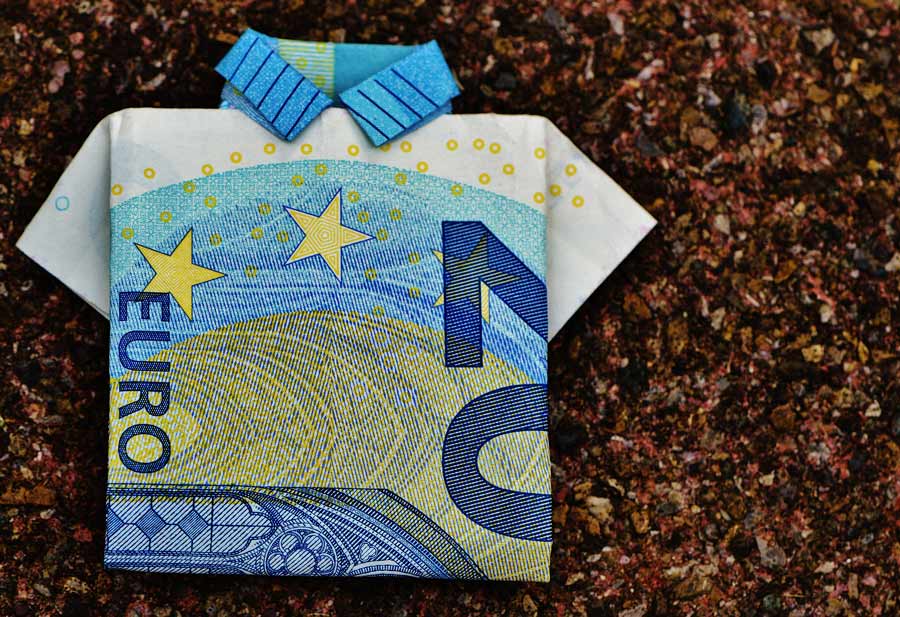
2. Plan Your Itinerary by Geographic Proximity
The coolest thing about Europe is how closely many of the countries are located. However, improper planning could result in you flying 1500 km across the continent, and that will put a big fat damper on your Europe budget travel efforts.
So, I’d say you should leverage the proximity and combine (geographically) closer cities/countries to save money. Create a circuit for your visit.
For example, if you visit Venice, follow it up with Ljubljana. If you go to Germany, especially Bavaria, park your next stop in Innsbruck or Salzburg; don’t follow Bavaria with Porto.
That being said, you can sometimes get really cheap flight tickets within Europe (more on that below). If you do, don’t let it slip!
[You Might Like: How to Spend a Beautiful Day in Innsbruck]
3. Explore Cheap European Destinations
Let’s be honest here: If you’re visiting Europe for the first time, by all means go to London, Paris and Rome. There’s a reason these cities are some of the most sought after European destinations.
But through easy research, you can master the art of mixing it up. There are tons of amazing places to visit in Europe while keeping a check on your budget. Broadly speaking, if you’re serious about how to travel Europe cheap, consider Eastern Europe. It abounds in culture and history, and you’ll have the maximum bang for your buck.
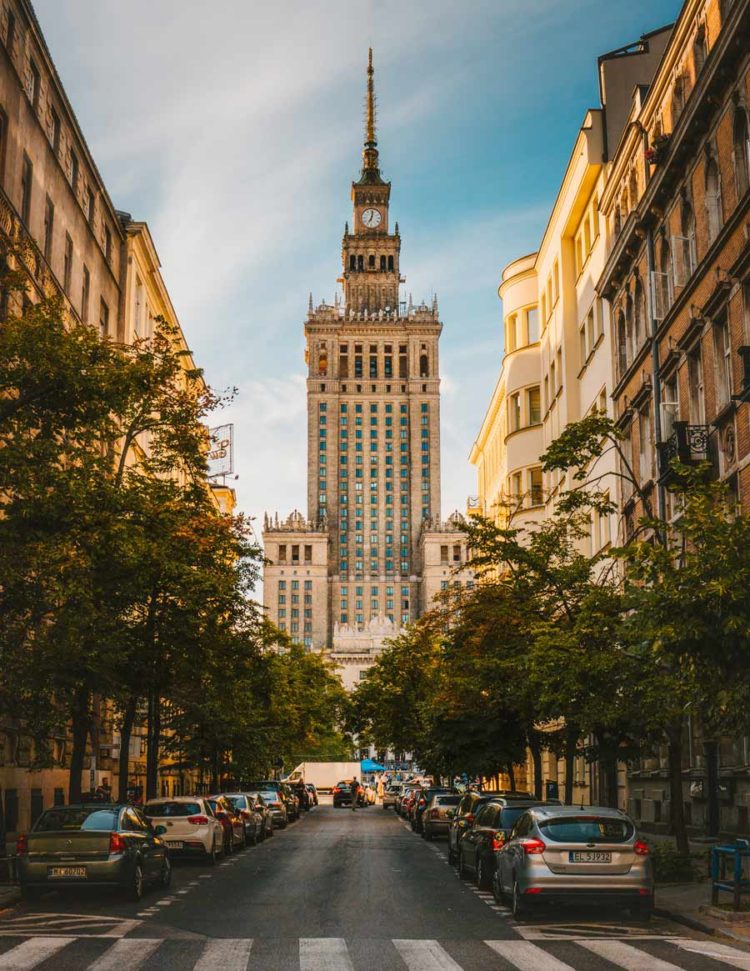
On the whole, most countries in Eastern Europe (though not all) are likely to have a weaker currency than the Euro. That means massive savings for ya! Cities like Prague and Budapest feature on literally every Europe travel bucket list and, yet, are surprisingly affordable.
[You Might Like: 46 Best FREE (and Cheap!) Things to Do in Prague]
Some of the cheapest countries to visit in Europe include:
- Slovakia
- Czech Republic
- Poland
- Romania
- Hungary
[You Might Like: 15 Cheap Cities in Europe You Didn't Consider]
4. Travel During Low Season
This is sort of a no brainer. And it applies to pretty much all destinations. But it’s all the more pertinent to Europe.
Scores and scores of tourists head to Europe every summer. It’s the ultimate place to be in the summer. Which is why Europe is significantly more expensive between June and July. If you want to visit Europe on a budget, consider planning your trip during the months of slower tourism. The sweet spot for maximizing your savings and enjoying not-bad weather consists of the shoulder months – September/October and April/May.
Largely speaking: From September until April/May, the prices of flights and accommodation mostly go down. Of course, this depends on the destination and can vary. For example, traveling to skiing destinations like Austria and Northern Italy can be expensive. But, generally speaking, you’ll save some bucks.
Winters, and especially Christmas, are a magical time to visit Europe as it has its own unique charm in those days. It can get cold and dark but visiting Europe in the winter is really a bucket list experience, too! Plus, considerably cheaper.
It is worth noting, of course, that European weather has a mind of its own. It can be unpredictable for most of the year. Particularly if you’re traveling to Europe during winter, make sure to layer up, carry a sturdy umbrella, and mentally prep yourself for it to suddenly start raining even on a sunny day. 😉

5. Choose Your First Country Carefully
I’m a big proponent of Skyscanner, and I’m pretty certain you use it extensively too (If you don’t, check it out). The navigation is simple and it gives me all flights in the order of pricing.
So in order to save money traveling to Europe, follow these steps so you can get the best out of Skyscanner:
- Head to Skyscanner and select the cheapest city flying into Europe. This has nothing to do with your Schengen visa, which is granted for the country you’re spending the maximum time in.
- Generally speaking, flights to Frankfurt, London and Paris are often the cheapest as these are the busiest airport hubs with a lot of competing flights.
- If you have a private VPN connection, change your location to a cheaper country (say, somewhere in Africa or South Asia). Most of the flight-booking websites manipulate prices based on your home location. The difference may not be significant, but you know it all adds up!
- Don’t shy away from considering a long haul flight. If it saves you EUR 100 and is an hour and a half longer, go for it!
[You Might Like: How to Find Cheap Flights in Europe with Budget Airlines]
Travel Europe Cheap: Transportation and Lodging
6. Consider the Cheapest Ways to Get Around
Once you’re in Europe, there are lots of ways to get around. You can take the train, book a flight, hop on a bus, share a cab, etc.
It helps to do your homework and be savvy about all transport options.
Fly with Budget Airlines
There are some great low-cost airlines operating within Europe like Ryan Air, Wizz Air, EasyJet, among others. They often have ridiculously cheap prices, while they earn on extras like check-in luggage, boarding pass printouts, in-flight meals. These flights can be sleazy while figuring out loopholes around how to slap extra charges on the customer, so you have to be really well prepared (not take ANY chances). But if you’re smart, you can get surprisingly good deals. I visited Milan on a EUR 10 return ticket with Ryan Air, NO KIDDING.
I mean, who doesn’t love a little extra money in the wallet, amirite?
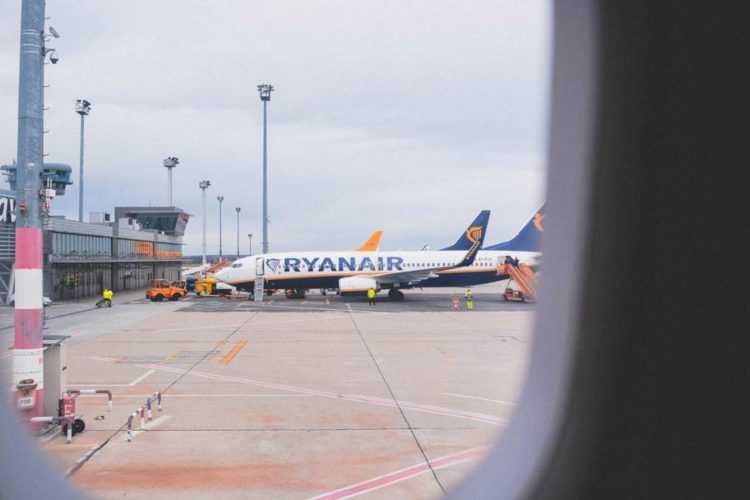
Travel around Europe Cheap on Buses
Buses can be a great alternative to flights, especially given that you can carry more luggage without paying a fortune. And not to mention, taking the bus is kinder to the environment. European Bus operators provide one of the best ways to travel around Europe on a budget.
- FlixBus operates in most countries in Europe and their buses have WiFi, electrical sockets, and really comfy seats. The prices are also pretty decent.
- Megabus runs within the UK, and to Amsterdam and Paris. They aren’t as awesome as FlixBus but pretty inexpensive.
- There’s also a website called Student Agency, which offers amazing prices, especially for Czech Republic (and Eastern Europe) destinations.
Take the train and Enjoy the Scenic Countryside
Traveling in Europe by train can be expensive but extremely comfortable. Not to mention, it’s exciting and ridiculously scenic.
Get around Europe in Rental Cars
If you’re traveling as a group, and one of you has an international driver’s license (if required), your best bet will be to book a rental car. It’ll turn out to be much cheaper than everything else.
You can also explore sharing a ride with BlaBlaCar. The concept is straightforward; you place a request on the app with details about your destination, dates, time. If there is someone who’s traveling to your destination (or close to it), you can hop on and split the travel cost. It works well for both parties, and you get to meet a local who can give you golden advice for your onward journey!
7. Look Beyond Hotels in Europe
When booking your accommodation, don’t restrict your search to hotels. Stand-alone as well as chain hotels can often pack in significant expenses, besides they don’t offer a local experience. You know, a Holiday Inn in Berin isn’t going to be much different from a Holiday Inn in Amsterdam.
I’m not saying all hotels are bad. If you’re getting a sweet deal, grab it with both hands.
But also look at alternative options. Europe has tons of hostels where you can meet travelers from around the world, go for pub crawls and free walking tours and (mostly) get a bed in a dorm for around EUR 15 – the perfect way to travel Europe cheap.
Hostelworld is a hostel accommodation aggregator that offers lots of pictures and verified reviews for every property. You can find some really good options in great locations. Check it out here.
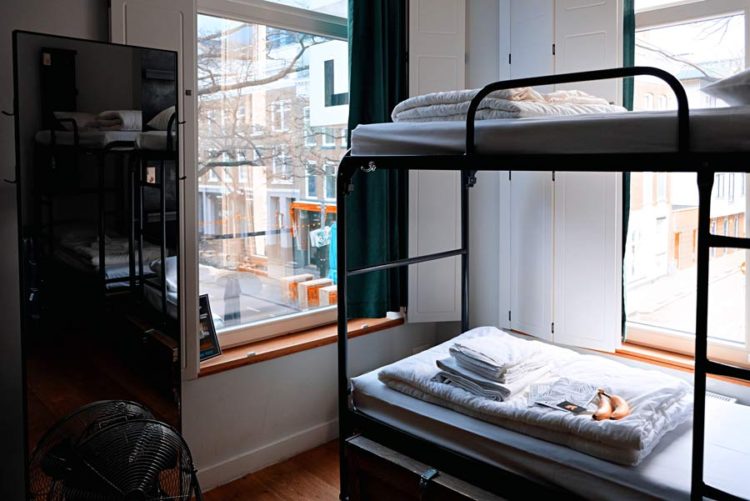
You can also consider homestays and AirBnbs for really good budget deals and an opportunity to stay with locals. Also, I have never couchsurfed (Couchsurfing is a great free option but comes with uncertainties, such as the risk of last-minute cancellations) but it’s something you can explore.
8. Travel Light
* mom tip alert * When packing for a trip, we compulsively tend to stuff our bags. All the more if it’s an international trip – you need the best clothes, you don’t want to be repeating a jacket in all your photos, you want to carry more than is needed, just in case, ya know.
I feel you.
I’ve always been a disorganized person and a chronic over-packer, but I’ve thankfully come to realize and sufficiently concede that this is a rookie mistake.
Say, you arrive at your destination and have to get to your accommodation which is 1 km away. If you have a big, hulking suitcase with 3 other bags, you won’t walk it. You’ll mostly get a cab which will set you off by an easy EUR 15. Multiply this with every trip you make with your bags from point A to point B, back and forth. Not pretty!
Especially in Europe, where the terrain is so uneven, dragging a heavy suitcase around isn’t fun at all (been there, done that!) Besides, the low-cost airlines I mentioned earlier usually have baggage restrictions. If you’re carrying a backpack, it’s going to save you a ton of money, not to mention sweat and tears.
I’ve gone from being a packing noob to a packing-light sparkling angel – and it was only because I started using a checklist. Checklists change lives.
9. Overnight It
If you are going to make a long journey by train or bus, consider booking an overnight trip. The fare will be relatively lower, and you’ll save on the night’s lodging as well.
This also helps as you’ll not end up wasting daylight hours in transit. Most coaches, and the trains in Europe, are pretty comfortable. You probably won’t do this all the time, but overnighting it once in a while can be practical and excellent budget-wise and time-wise. Even though I Iive in Europe, I often do overnight transit trips as it saves me a whole day.
Europe Budget Travel Tips: Things to Do in Europe
10. Check out Free Walking Tours
Free walking tours in Europe are the best way to explore a city, learn about its history, get recommendations about where to eat, where to party, what to do – all this from a local!
Hosted by companies like FreeTour.com , these allow you to sign up online (some tours might even let you join on the spot) and there’s typically a local guide who will show you around. At the end of the tour, you can tip your guide the amount you deem appropriate. While this means that the tours aren’t technically “free”, it’s really up to you what monetary value you want to place on it. Besides if you didn’t enjoy the tour at all, you’re not obliged to pay.
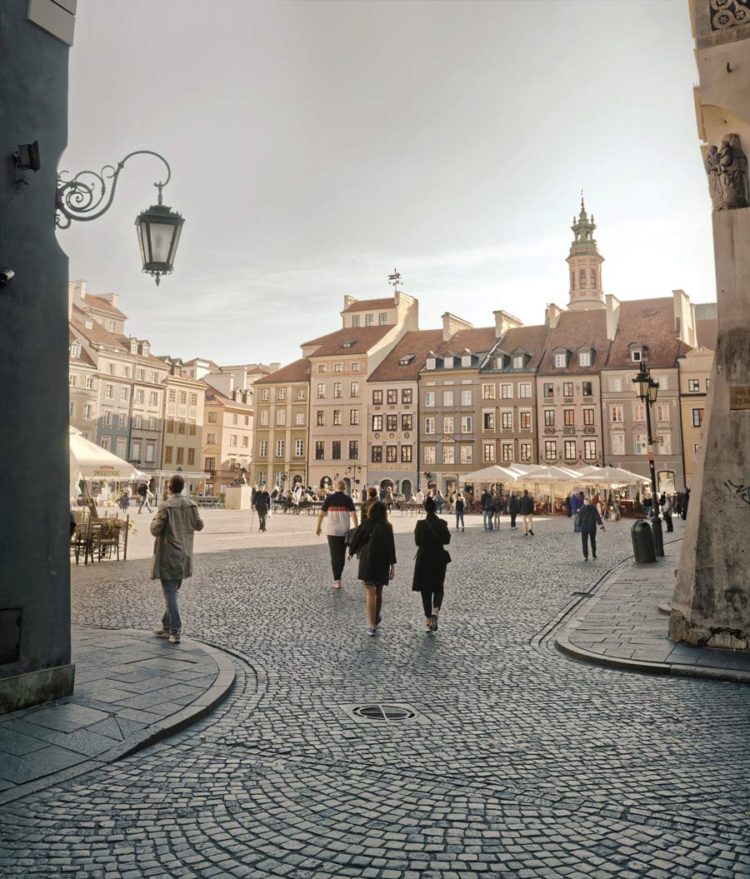
What I love about these tours is that you get to learn about a lot of unusual facts, hacks, and hideouts in the city, in the process. And also, because there’s no fixed price and the tips are given at the end of the tour, the guide really has an incentive to make the tour engaging and fun. So win-win!
It’s literally the easiest (and most fun) way to learn about a city in Europe on a budget.
11. Eat and Drink Like the Locals
If you’re serious about saving money while traveling in Europe, you’ve got to do as the locals do.
You see, the locals don’t eat out all the time. Neither do they hang out at bars every time they fancy a drink.
Eating in Europe on a Budget
Eating out can quickly drain your funds, so a smart travel hack is to cook as often as you can.
Booking a hostel gives you that possibility as most hostels have a kitchen area that visitors can use. If you’re staying at an Airbnb or homestay, ask ahead of booking if you can access the kitchen.
When you arrive at your destination, head to a local market to buy fresh, organic produce (you’ll be doing your bit to support the community as well). Or visit a supermarket and get basics like bread, jam, muesli, couple of ready-to-eat packs, etc. This will set you up for easy, no-fuss cooking and will save you SERIOUS money.
There is also a cool street food item called döner kebap – it’s pervasive in Europe (though it often goes by different names). One döner, which is basically a big chunky wrap, costs barely EUR 4 – 6 bucks and is heavenly. Don’t miss it if you want to save money on food in Europe!

If you must dine out, move away from the touristy spots and find cozier corners for cheaper eats. These are mostly located right outside of the city center. If you see that a place has an English menu, just know that it’s catering to tourists and hence is likely to be pricier.
Drinking in Europe on a Budget
One thing you must do in Europe is to check out the drinks sections in supermarkets (e.g., Lidl, Aldi.).
No matter where you go, the supermarkets are really well-stocked with the best of alcohol, and you can buy a bottle for the price of a drink at a bar.
The locals go out, sure, but they also buy drinks from the supermarkets, which is something you can do. Besides, it gives you a slice (or a swig) of the everyday local life.
USEFUL PRO TIP: You can pack food and drinks from a supermarket and head to a public park, lake or riverside. These are everywhere in Europe and they offer the perfect way to spend a lazy evening after all the exhausting sightseeing. This might not be feasible during the winters, though.
Try the beers in Germany, vodka in Poland, Port wine in Portugal. Follow the locals! You’ll save a ton of money in the process.
12. Choose Transit Passes over City Passes
Most cities in Europe offer:
- all-inclusive city card which allows entry to all key attractions and access to local transport
- a transit pass, which only provides free transport
While an all-inclusive city card might seem like a good deal on the face of it, you end up getting a lot less value for your money. The city cards are expensive and it is really hard to squeeze everything into the limited period they may be valid for (you can’t see the Louvre, visit the Palace of Versailles, and do a boat cruise over the Seine, all in a day!)
That being said, city passes can be worthwhile for travelers willing to make time to see several attractions covered by the pass.
Instead, I usually just get the transit pass. It will help you commute on a budget, depending on the length of your stay. I remember I bought a transit pass in Prague for about EUR 4 per day, and it saved me so much hassle.
Of course the costs vary in every city so do some research beforehand.
13. Save on Entry Fees
While Europe generally offers TONS to do for free (think East Side Gallery in Berlin or Fisherman’s Bastion in Budapest), you can also skip the entry fee to various attractions with just a little planning ahead. Lots of museums allow free entry on the first Sunday of every month. The major museums in London, like the National History Museum, and the British Museum, have free entry on all days. In Berlin, some museums offer free entry days after 18:00 during the week.
Some pre-travel research can help identify such opportunities for free entry, and you can save money traveling in Europe while visiting beautiful galleries and museums.
Side note: churches are mostly free to enter, at least the aisle area, and they offer an intricate overview of the architecture and historical influences in the city. One great way to get a peek into the story of the city you’re visiting, while traveling Europe on a budget, is to stop at cathedrals, chapels and basilicas.
14. Save on Breakfast
If you’re staying in a hotel or hostel where breakfast is included, great. If it isn’t, but there is a common kitchen area (most hostels have one) head to a nearby supermarket and buy fruits, bread and nut butter or jam to fix yourself breakfast.
If making breakfast is absolutely not on the table, buy a sandwich and coffee at a bakery down the street. You don’t have to pay 25 bucks for a lousy hotel breakfast.
15. Find Free Events
There’s ALWAYS something or the other happening in most cities in Europe. Think beer festivals, open-air concerts, flea markets, and so on.
The Carnival in Cologne, for example, is a week-long mad celebration in February every year, with lots of parades and spirited demonstrations – and it’s free! Also, the Christmas markets all over Europe in December are free to enter and explore. You just have to pay for drinks and food. Or you can carry your own supplies (bought from a supermarket) and enjoy the music and vibe of the event, with zero bearing on your wallet.
While these events are bigger and better known, there is a lot of local stuff happening often.
HELPFUL PRO TIP: Check out the tourism website of your destination city for all the scoop on cool free events. Most folks don’t bother doing this but it’s such a great way to save money while experiencing a city like a local.
Also check out sites like Meetup and Facebook groups. There’s always the chance of a free get-together or event happening where you’re headed. It’s a fun way to meet people in a new city.
[You Might Like: 49 Must-visit Monuments in Europe]


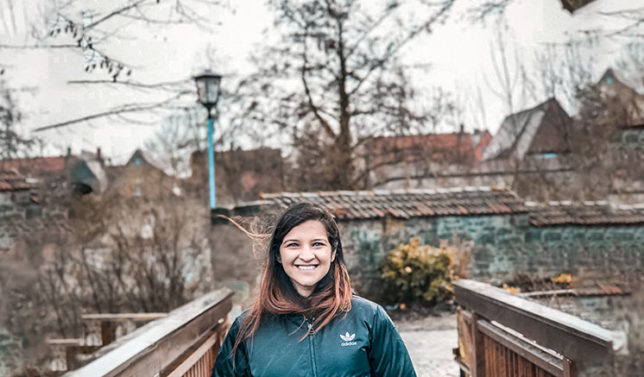




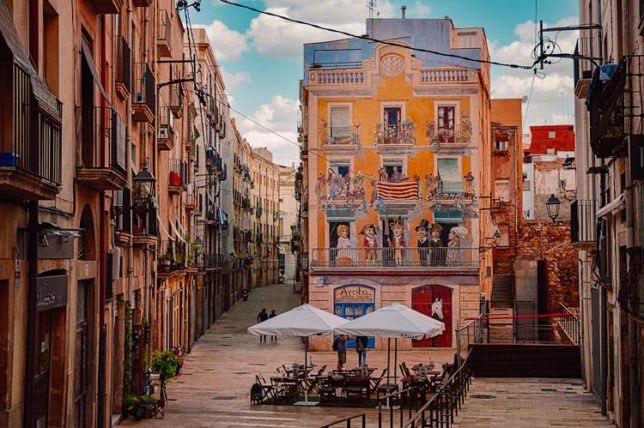
13 Comments. Leave new
[…] [Related: 15 No BS Ways to Save Money Traveling in Europe] […]
Having extensively traveled across Europe, I subscribe to most of the excellent pieces advice that you have shared here. I also truly believe that visiting Europe for the frugal traveler need not necessarily always remain a pipe dream. One word of advice though. People who aren’t really used to the cold and rain in Europe might be taken in for a surprise if visiting off season. So they should budget additional buffer days in case they are on a tight schedule and the weather decides to play foul.
This is so true, and something I learned the hard way. The weather can switch in minutes, and it’s always a good idea to carry a sturdy umbrella on a cloudy day, no matter what the forecast says. Thanks for the valuable tip, Soham!
I used to do the free walking tours and in some places they are great, but after a bad experience with one in Istanbul, I decided that aimlessly wondering around works better for me. I always manage to stumble onto hidden gems, or locals willing to tell me about the area.
Sorry to hear you had a bad experience on a walking tour. What happened?
These are all great tips! I’ve yet to do a long trip to Europe but I’m so excited to do one after everything reopens. Eating locally instead of in the tourist restaurants/areas is a really good idea, and so is the walking tours.
True, Kevin, Europe is always great to travel and experience an array of cultures, languages, flavors – always a delight.
It’s my personal mission to share how cheap traveling in Europe can be to people in the US. Sure if you stay in London, Madrid, Paris, or any of the western European capitals, you’ll pay for the experience. But flights within Europe are laughably cheap. Just jump on a plane to Romania, Bulgaria, or the Ukraine for amazing travel experiences with costs on par with SE Asia.
So true.. you can get really good flight deals if you keep an eye out!
Unlike in the US, you can buy alcohol in supermarkets everywhere and consume your alcohol everywhere in public.
For the non-European traveler, I would strongly suggest to book at least some hotel with a breakfast buffet. The European breakfast is so different and, especially in Germany, the breakfast rolls and slides sausages and cheese delicious. If you have the courage, try the German Mett (raw minced pork) on a breakfast roll with butter. Fantastic!
Fabulous tips! One of the things I really miss about living in the UK was the cheap, quick and easy access to Europe. We’d jump on a cheap flight, train or ferry and have mini adventures and it never got too pricy. 😀
I totally agree that packing light is the way to go, to save on baggage fees. Although sometimes I’ve packed an extra bag (for places like Porto) so you can fill it with the wine/port you buy during the trip. 😉
Haha I hear ya! Always gotta make room for the wine – and so many amazing wine regions in Europe!
Some great tips here – the free walking tours are new to me, so I’ll be checking that out when we visit Edinburgh in December